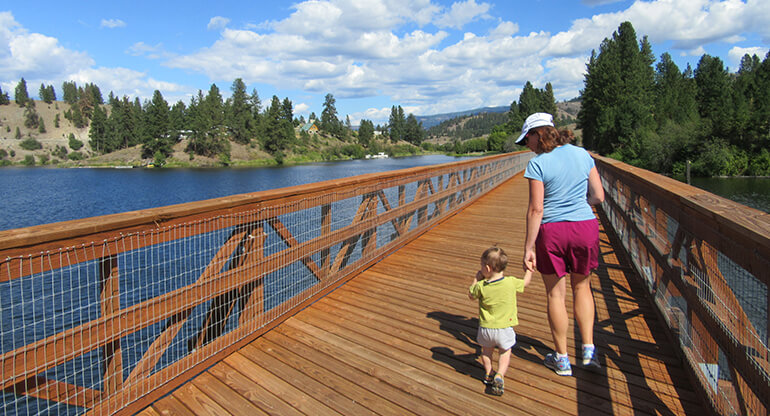Parks, trails, water access and wildlife habitat promote recreation and tourism, generating millions of dollars and well-paying jobs across Washington. According to a study commissioned by the Trust for Public Land, campers, boaters, hunters and others visiting state parks and wildlife lands generate $8.5 billion annually in retail sales and services, accounting for 3.5% of gross state product, and $650 million in annual sales tax revenue.
Investments by the WWRP also bring federal dollars to the state by allowing local agencies, like the Washington State Department of Fish and Wildlife, to apply for matching funds through national grants. Over the last ten years, WWRP has brought in over $100 million in matching funds from the U.S. Fish and Wildlife Department alone.
In addition, people want to live and work in scenic areas and our communities attract companies that value the region’s natural amenities. By protecting our natural resources, the WWRP helps to ensure that our state’s businesses continue to attract and keep quality employees. That’s why major employers support the Coalition.
